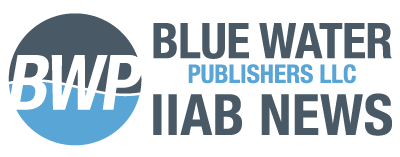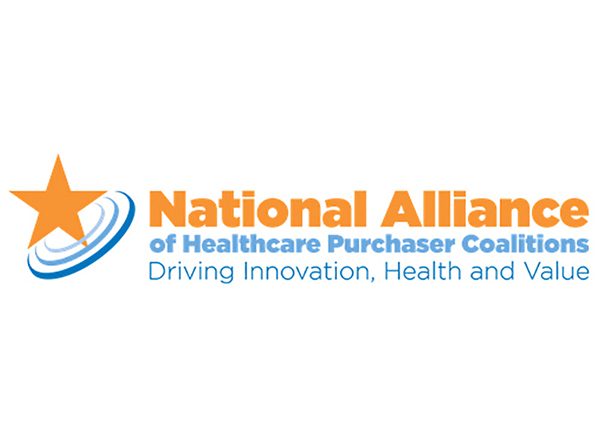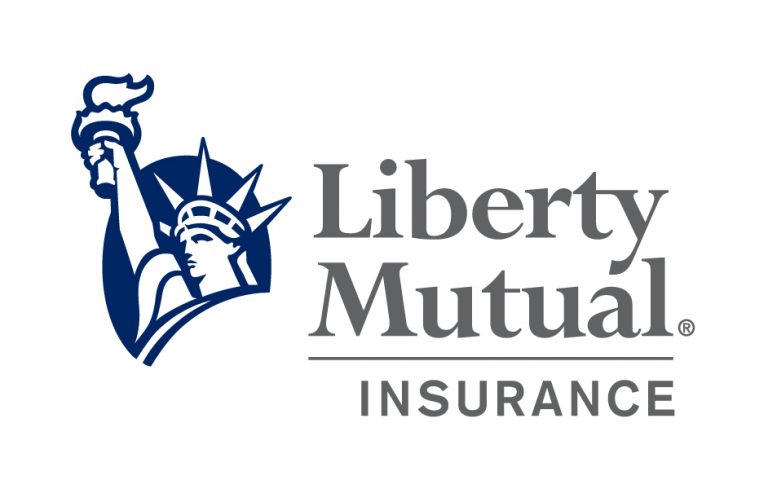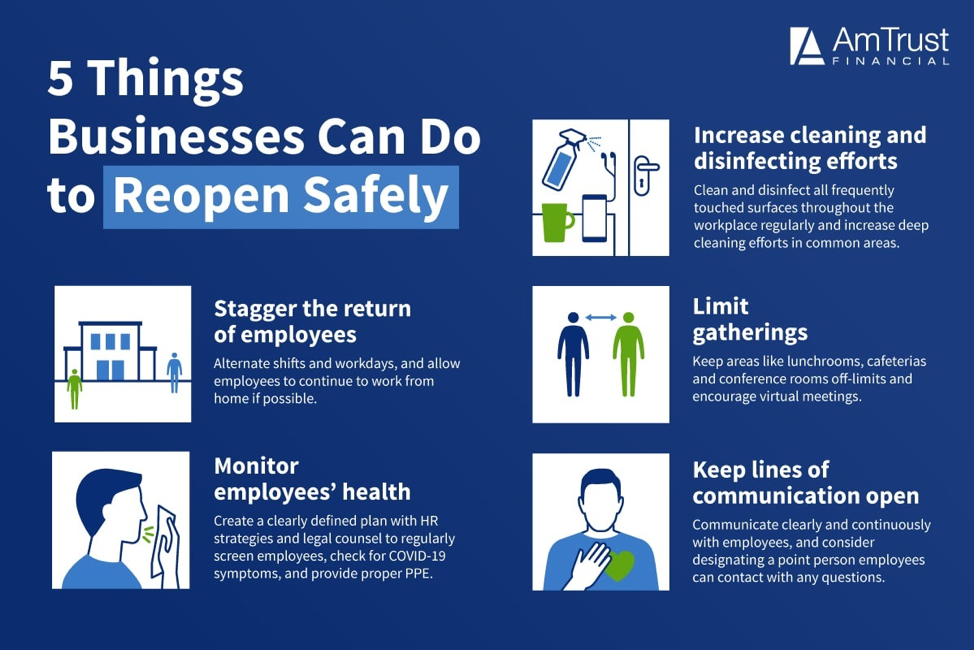WASHINGTON – U.S. employers are making plans to ensure their employees can safely return to work with 90% considering a phased re-entry and 88% having a multi-disciplinary task force in place. These are among the findings of a survey from the National Alliance of Healthcare Purchaser Coalitions (National Alliance) conducted to support regional coalitions and employers and benchmark re-opening strategies in the face of the COVID-19 pandemic.
“There is a clear pivot across America as employers prepare to go back to work, but this will hardly be business as usual,” said Michael Thompson, National Alliance president and CEO. “In general, employees who can work from home will continue to do so for the foreseeable future. Other employees will return to the workplace in a phased manner with a clear plan of action intended to mitigate risk and accommodate those most at risk or concerned for their safety. This is likely our ‘new normal’ in the COVID-19 era.”
Additional survey findings:
- Of those employers with over 1,000 employees, 97% already have a multi-disciplinary return to work task force in place. Over 7 in 10 of smaller employer indicated they have a task force in place.
- Over 90% of employers are including these functions in their return to work task force: senior leadership, human resources, communications, operations and safety. Surprisingly, only 50% indicated the inclusion of a clinical advisor.
- Employers are looking to guidance from all levels – federal (96%), state (95%) and county/city/local (92%). The Centers for Disease Control is viewed as a key resource for guidance by 95% of employers.
- As for timing, 60% of employers indicated that they are not considering opening the work site for all employees within the next 60 days. Policies currently in place include: mandatory social distancing (87%), mandatory 100% work from home for those who can (70%), and 59% have accommodations for parents while schools are closed.
- Of the factors being considered in a phased re-entry, the top policies already in place include: ability to work from home (92%) and criticality of job function (88%). Employers are also supporting their employees with policies in place around health-related risk factors (82%), family or childcare issues (79%), age-related risk factors (77%) and employee readiness (74%).
- When asked about virtual support for health-related risk factors top programs currently in place include support stress and emotional health (75%), cardio fitness (59%) and addiction treatment/substance use disorder (50%).
- Testing is not currently a major factor for most companies in their phased re-entry as only 43% indicated testing capability is currently in place, 24% are considering within the next 60 days, and 33% are not considering within 60 days.
- The top five safety strategies currently in place are increased cleaning of workspace (90%), mandatory use of masks (88%), restrictions on meeting size (81%), personal protection equipment (beyond masks, 58%) and alternate shifts (55%).
- The top criteria being considered in clearing employees to come back to the workplace are daily screenings for COVID-19 symptoms (51% in place and 28% considering), employee pledge to social distance both inside and outside the workplace (46% in place, 38% considering), tested and free of COVID-19 (22% currently, 39% considering) and positive antibody testing (45% considering and 54% are not considering).
The online survey was conducted from April 29-May 10, 2020 and completed by 210 employers of varying size (20% greater than 10,000, 10% 5,000-9,999, 29% 1,000-4,999, 12% 500-999 and 30% fewer than 500) and industry (e.g., 24% manufacturing, 13% healthcare and social assistance, and 12% finance and insurance) that are members of coalitions affiliated with the National Alliance. Additional details on the survey findings can be found here. National Alliance also compiled an online COVID-19 resource for employers that can be found on the website.
Leadership Summits 2020
In its fourth year, the Leadership Summits 2020 is now a virtual conference being held June 15-16, 2020. This year’s themes center around Mobilizing Collective Action, Total Person Health and Achieving Value and offer HR, benefits and other healthcare stakeholders unique, actionable solutions to meet today’s toughest challenges. Learn more and register.
About National Alliance
The National Alliance of Healthcare Purchaser Coalitions (National Alliance) is the only nonprofit, purchaser-led organization with a national and regional structure dedicated to driving health and healthcare value across the country. Our members represent more than 12,000 employers/purchasers and 45 million Americans spending over $300 billion annually on healthcare. To learn more, visit nationalalliancehealth.org, connect with us on Twitter and LinkedIn.








 While it will take some time for that day to come, there are safety processes all organizations can do to start preparing for it. It’s critical that businesses of all sizes, in all industries, take measures to ensure their employees can stay safe and healthy when they report for work. These steps include:
While it will take some time for that day to come, there are safety processes all organizations can do to start preparing for it. It’s critical that businesses of all sizes, in all industries, take measures to ensure their employees can stay safe and healthy when they report for work. These steps include:



